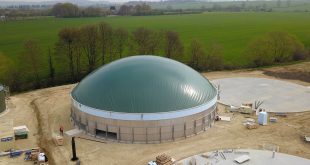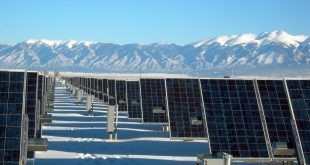Determining which type of geothermal heat pump is right for your home depends on the local climate and soil conditions, as well as the available land. Geothermal heaters work by absorbing heat from the ground and transferring it indoors using buried pipes will with water or refrigerant. The four types of geothermal or ground source heat pumps are horizontal, vertical, lake/pond and open loop. The first three are closed-loop systems, in which the refrigerant or water used in the heat transfer process circulates repeatedly through pipes; the last system is open-loop, in which the water used in heat transfer is returned to its source after the heat has been extracted from it.
The horizontal system is best for those who have plenty of available land, since the pipes used in heat transfer take up a lot of land area. However, an alternative method of pipe installation, called Slinky since it loops the pipe around the trench, takes up less space.
The vertical system, on the other hand, uses a narrower trench since the pipe is laid vertically in loops. This method of heat pump installation is used when the available land area is small or when the soil is too shallow for trenches.
If the property has a pond or a lake nearby, the pipe can be run from the house to the water source and is looped in coils at least eight feet underneath the surface to prevent the water or refrigerant in the pipes from freezing.
Finally, if your property has a well or other source of clean water, you can install an open loop geothermal heat pump system, in which water is taken from a well, circulated through the system, and then is discharged back to its source.
 Alternative Energy HQ solar power for homes, wind energy, and bio fuel issues
Alternative Energy HQ solar power for homes, wind energy, and bio fuel issues








